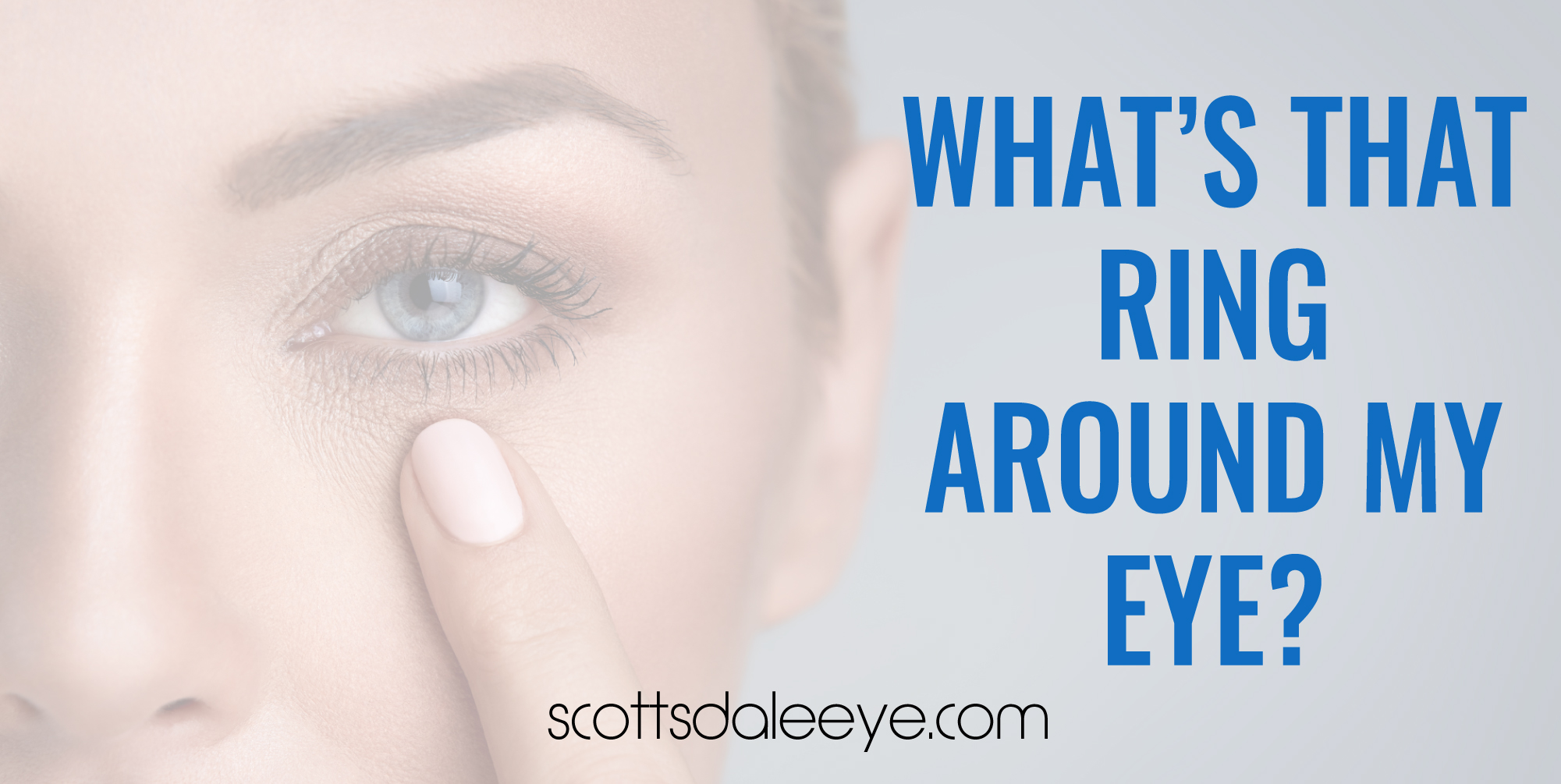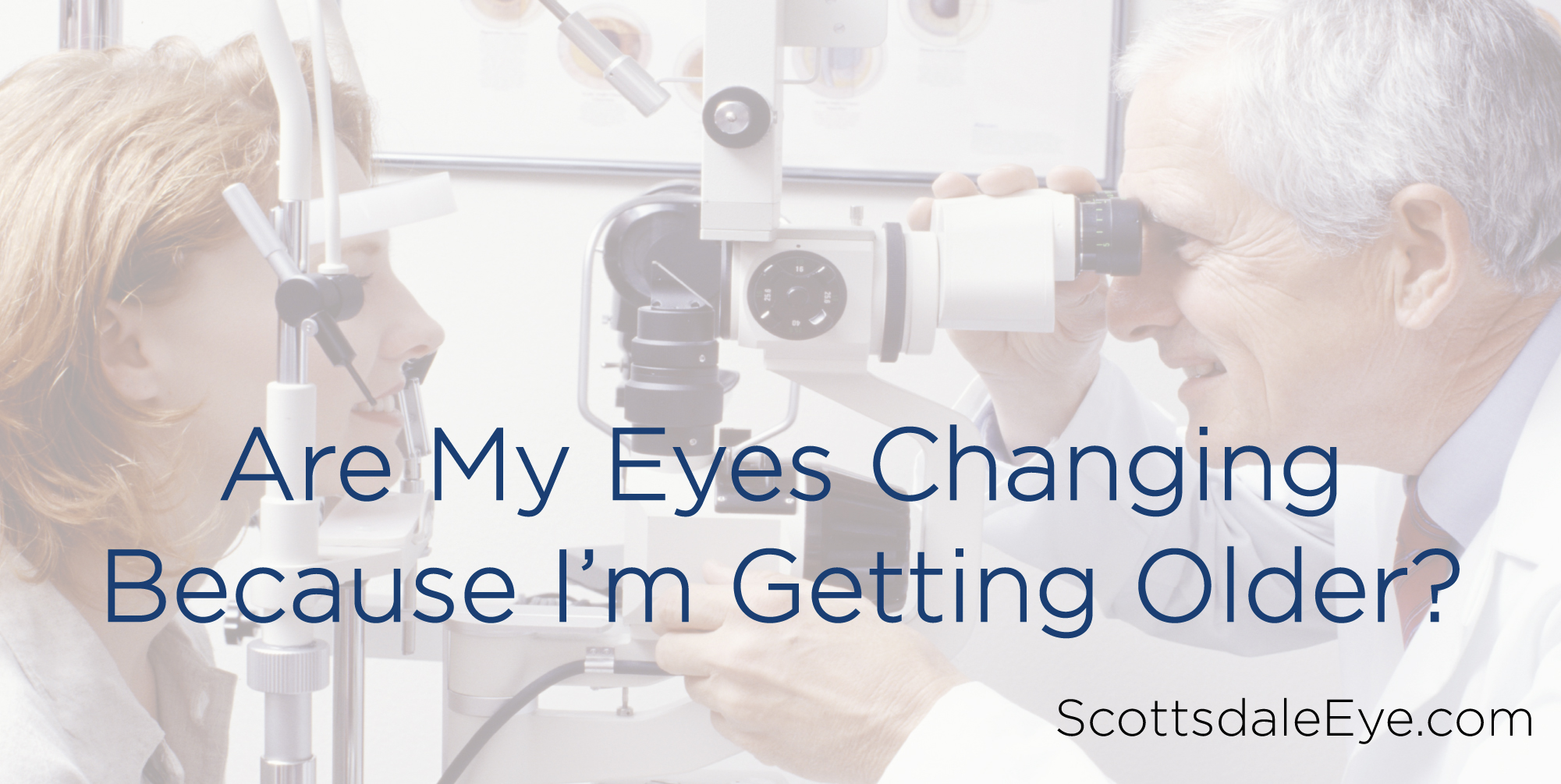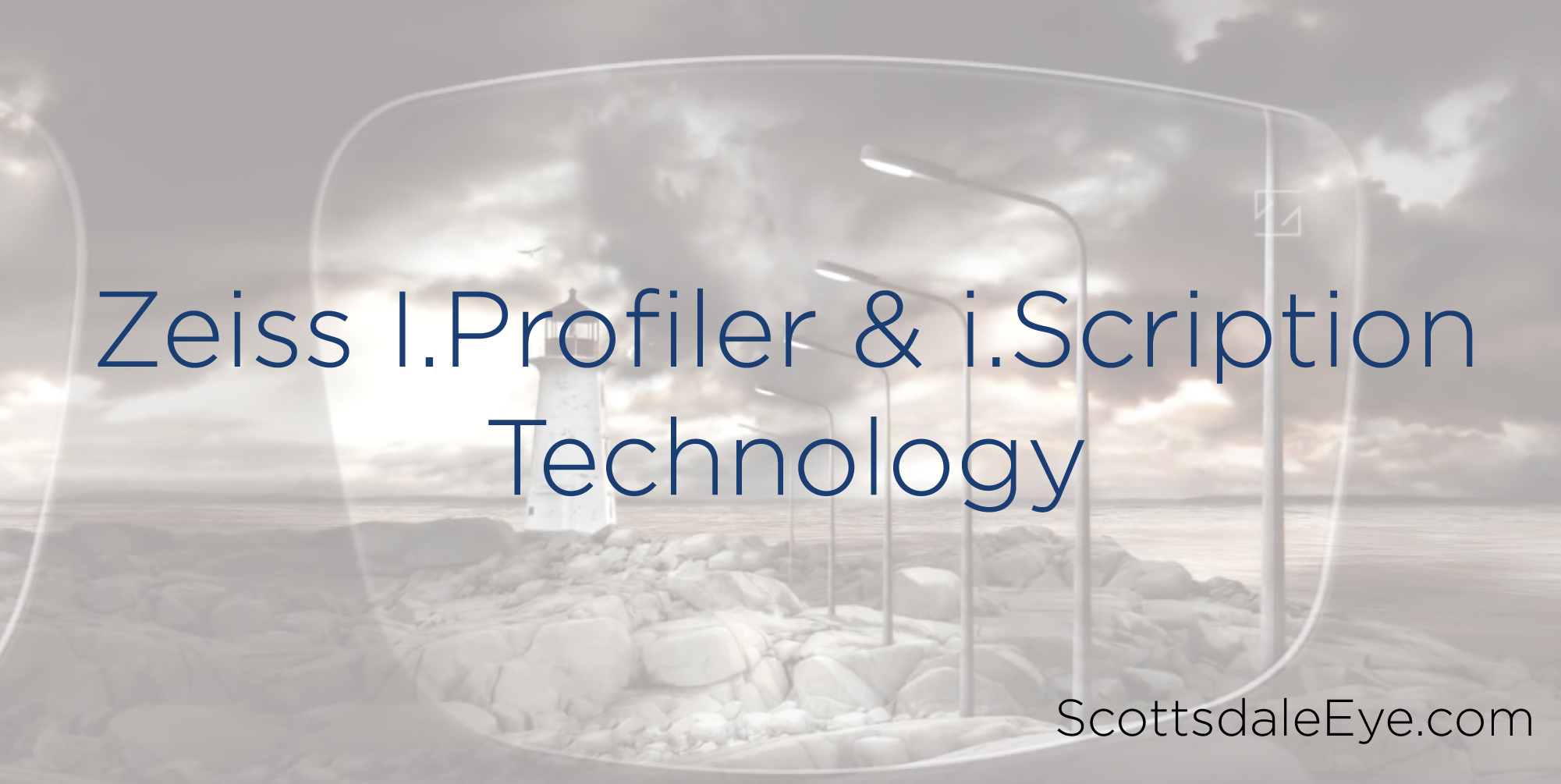Six Smart Things College Students Should Do for Their Eyes
This fall, a record 21.7 million students will attend a college or university in the United States. Many teens will be living away from home for the first time without mom or dad around to reinforce healthy habits, including how to care for their eyes. Before students head for the dorms, our Ophthalmologist at Scottsdale Eye Physicians would like to provide parents with college eye health tips to ensure their freshmen sons and daughters keep seeing 20/20 during school.
While accurate vision plays a vital role in learning, college students can be susceptible to a host of vision and eye problems such as injury, infection and increased nearsightedness that can complicate life in and out of class. Crowded classes and dorms can serve as a breeding ground for infectious eye disease, while reading and computer use in school has been linked to poorer eyesight. Fortunately, there are many ways to avoid these and other eye issues on campus. Scottsdale Eye Physicians and Surgeons along with the American Academy of Ophthalmology, the world’s largest association of eye physicians and surgeons, offers the following six tips for protecting eyes during college:
- Don’t shower or swim in contact lenses. Acanthamoeba is a parasite that lives in water and can cause a rare but serious eye infection called Acanthamoeba keratitis. According to the CDC, 85 percent of Acanthamoeba eye infections occur in contact lens wearers, one of the main risks being exposure of lenses to water. To avoid this dangerous infection, do not wear contact lenses in showers, hot tubs or when swimming in lakes or pools. Also, never use water to clean or store contact lenses; only use sterile contact lens disinfecting solution and a clean contact lens case.
- Go outside. Scholastically-inclined students spend much of their time studying indoors, which can put them at risk of becoming more nearsighted, or myopic. A 2014 study found that more than 50 percent of college graduates are nearsighted, with eyesight worsening for each year in school. Other research shows that spending more time outdoors can protect vision from getting worse. Grab your books and head outside whenever possible.
- Wash your hands. Conjunctivitis, often called pink eye, spreads fast in schools and dorms. An outbreak struck more than 1,000 Ivy League college students in 2002. Avoid rubbing the eyes and wash hands with soap to avoid catching and spreading pink eye, not to mention other infections.
- Give your eyes a break. Nearly 80 percent of engineering and medical school students experienced symptoms such as dry eyes and redness, according to a study of students at one Indian university. To help avoid eye strain, follow the 20-20-20 rule: look at something 20 feet away every 20 minutes for 20 seconds. Because dry eye can also cause painful corneal ulcers, which are open sores on the front part of the eye, blink regularly and fully to keep eyes moist.
- Don’t share makeup. Harmless as it may seem, sharing makeup is a surefire way to spread infection such as herpes keratitis among friends. Infection-causing bacteria grow easily in creamy or liquid eye makeup. Stick to your own makeup and throw it away after three months. If you develop an eye infection, immediately toss all of your eye makeup.
- Protect your eyes during the game. Nearly 1 in 18 college athletes will get an eye injury playing sports. Common injuries, like scratches on the eye surface and broken bones near the eye socket, happen most often in high-risk sports such as baseball, basketball and lacrosse. Athletes should consider wearing polycarbonate sports glasses to help keep stray balls and elbows from hitting their eyes.
“For many teens just starting college, taking care of their eye health may be the last thing on their minds,” said Rebecca Taylor, M.D., comprehensive ophthalmologist and clinical spokesperson for the American Academy of Ophthalmology. “But the fact is that an eye injury or condition can affect their grades and social life, causing days or even a lifetime of poor vision. We hope that parents will remind their kids of these risks before they fly the coop this fall.”
Get your kids into the eye doctor before they head off to school! Call 480-994-1872 to make an appointment today!
This article reprinted with permission from the American Academy of Ophthalmology’s EyeSmart® program (www.geteyesmart.org).
















 Below is the list of gifts the family will receive:
Below is the list of gifts the family will receive: